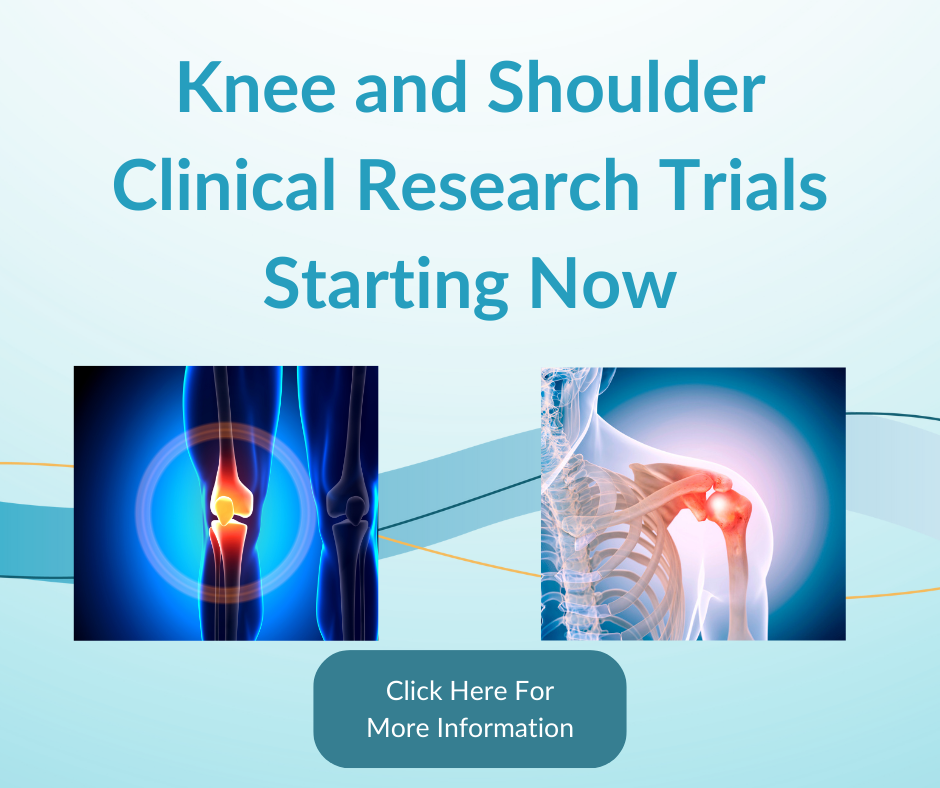 The three most prominent bones that make up the arm are the humerus, radius, and ulna. The top portion of the ulna bone that serves as the back of the elbow is called an olecranon, which is cushioned by a fluid-filled sac called the bursa. There are numerous bursae located throughout the body, enabling the skin to move smoothly across the underlying bone.
The three most prominent bones that make up the arm are the humerus, radius, and ulna. The top portion of the ulna bone that serves as the back of the elbow is called an olecranon, which is cushioned by a fluid-filled sac called the bursa. There are numerous bursae located throughout the body, enabling the skin to move smoothly across the underlying bone.
When the bursa in the elbow becomes inflamed, the most common symptom is visible swelling in the back of the elbow. This is known as elbow bursitis, often referred to as “student’s elbow” or “miner’s elbow.” In severe cases, you might also experience fever or chills, as well as pain, redness, and higher skin temperature in the elbow.
What Causes Elbow Bursitis?
- Prolonged pressure – The most common cause is leaning on the elbows for prolonged periods of time, leading to repeated injury to the olecranon. This often occurs to individuals who study or work with elbows on their desk, as well as those whose job involves crawling, hence the nicknames for the condition.
- Repetitive elbow movements – Athletes who repeatedly raise their arms over their heads are another common at-risk group. These include baseball players, javelin throwers, weightlifters, etc.
- Trauma– A fall or a blow to the back of the elbow may cause the bursa to become inflamed and produce excess fluid.
- Infection– A cut in the skin or an insect bite may cause infection to set in, thereby producing excessive fluid in the bursa and leading to swelling and pain in the elbow. When severe infection occurs, the bursa fills with pus and the infection may spread beyond the elbow. This is called septic bursitis.
- Chronic health condition – Elbow bursitis may also be a manifestation of osteoarthritis, rheumatoid arthritis, and gout.
How to Treat Elbow Bursitis
 In the majority of cases, elbow bursitis can be treated simply by avoiding any activities that aggravate the condition. A combination of rest, ice, elevation, and anti-inflammatory medications also aid in a quick recovery.
In the majority of cases, elbow bursitis can be treated simply by avoiding any activities that aggravate the condition. A combination of rest, ice, elevation, and anti-inflammatory medications also aid in a quick recovery.
In instances of septic bursitis, however, prompt medical attention from your local orthopedic physician is critical for relieving pain and avoiding the other highly unpleasant symptoms. Common treatments performed by a qualified elbow doctor include aspiration of the bursa, corticosteroid injections, or – very rarely – surgery.
The elbow is a part of the body that is often taken for granted – until it sustains an injury. At Coastal Orthopedics Sports Medicine & Pain Management, we urge you to protect your elbows from elbow bursitis if at all possible, and/or report early symptoms of infection to us as soon as they occur. Our dedicated shoulder & elbow experts are only one call away!





